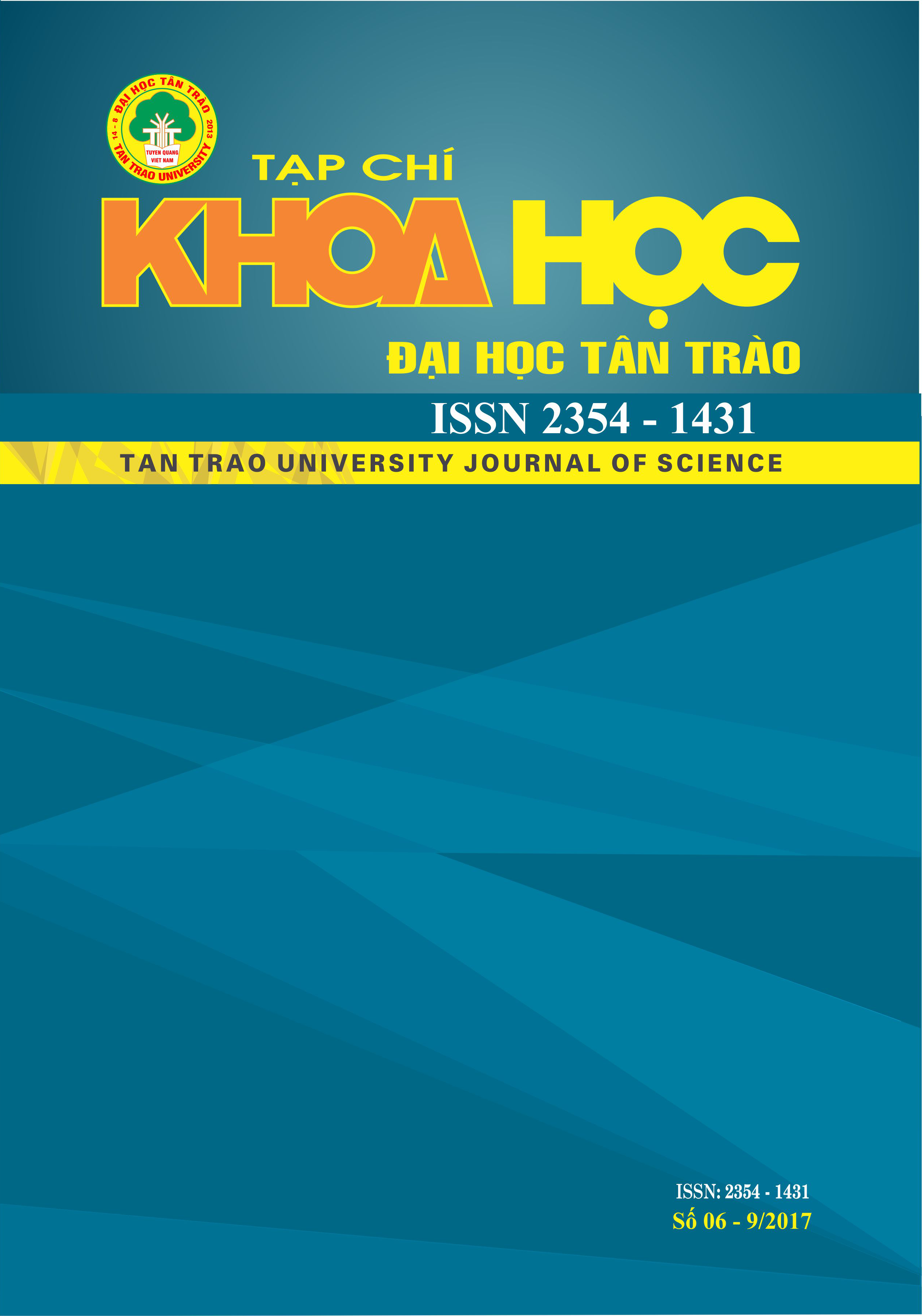Tương tác của các boson chuẩn trong mô hình Zee
DOI:
https://doi.org/10.51453/2354-1431/2017/107Keywords:
Zee model; gauge boson; lepton flavor violating; Higgs decays to two photon; etcAbstract
By adding scalars, the Zee model, as standard model byond, has generated masses for the neutrinos. Due to the addition of new scalars, the mass spectrum and physical states of the particles are different from ones of the standard model. Using general Lagrangian, the interactions of gauge bosons with fermions and Higgs bosons are given. These vertices are the basis for the study of decay processes such as: lepton flavor violating Higgs decays, Higgs decays to two photon.
Downloads
References
1. Hoàng Ngọc Long (2006), Cơ sở Vật lý hạt cơ bản, NXB Thống kê, Hà Nội.
2. A.Zee (1980), A theory of lepton number violation and neutrinos Majorana masses, Phys. Lett. Vol.93B, No.4,.
3. ATLAS and CMS Collaborations, Measurements of the Higgs boson production and decay rates and constraints on its couplings from a combined ATLAS and CMS analysis of the LHC pp collision data at √s = 7 and 8 TeV, JHEP 1608 (2016) 045.
4. C. Patrignani et al. [Particle Data Group], Review of particle physics, Chinese Physics C 40 (2016) 100001.
5. E. Misuda, K. Sasaki (2001), Zee model and phenomenology of lepton sector, YNU-HEPTh-01-102.
6. M.Cheng,K.Cheung, Zee model and Neutrinoless double beta decay, NSC-NCTS 020304 (2002).
7. M.E.Peskin, D.V.Schroeder (1995), An introduction to quantum fields theory, Westview press.
8. R. Longas, D. Portillo, D. Restrepo, O. Zapata (2016), The Inert Zee Model, JHEP 03,162.
9. X.He, S.K. Majee (2012) , Implications of Recent Data on Neutrino Mixing and Lepton Flavour Violating Decays for the Zee Model, JHEP 1203, 023.
Downloads
Published
How to Cite
Issue
Section
License

This work is licensed under a Creative Commons Attribution-ShareAlike 4.0 International License.
All articles published in SJTTU are licensed under a Creative Commons Attribution-ShareAlike 4.0 International (CC BY-SA) license. This means anyone is free to copy, transform, or redistribute articles for any lawful purpose in any medium, provided they give appropriate attribution to the original author(s) and SJTTU, link to the license, indicate if changes were made, and redistribute any derivative work under the same license.
Copyright on articles is retained by the respective author(s), without restrictions. A non-exclusive license is granted to SJTTU to publish the article and identify itself as its original publisher, along with the commercial right to include the article in a hardcopy issue for sale to libraries and individuals.
Although the conditions of the CC BY-SA license don't apply to authors (as the copyright holder of your article, you have no restrictions on your rights), by submitting to SJTTU, authors recognize the rights of readers, and must grant any third party the right to use their article to the extent provided by the license.


